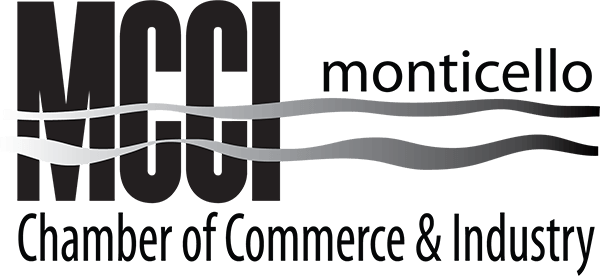You’ve launched your business, attracted early customers, and built a steady flow of revenue. But how do you unlock the next stage of growth without doubling your marketing spend? One of the most effective — and often underused — tactics is increasing customer referrals. When customers recommend you, they bring in pre-qualified prospects who are more likely to buy, stay, and spread the word themselves.
Below are practical strategies for small business owners to turn happy customers into your most powerful sales channel.
1. Deliver Share-Worthy Experiences
The foundation of referrals is simple: people talk about products and services that impress them. Make it a priority to consistently deliver experiences that are smooth, reliable, and memorable.
-
Train your staff to resolve issues quickly and with empathy.
-
Add small personal touches, like a handwritten thank-you note.
-
Monitor feedback through platforms like Trustpilot to see what customers value.
Happy customers who feel cared for are naturally more likely to recommend you.
2. Encourage Partnerships with Other Businesses
One overlooked referral engine is partnering with complementary businesses. For example, a local coffee shop could collaborate with a bookstore for co-promotions. These partnerships often start with informal agreements. To avoid misunderstandings, many small businesses create a simple memorandum of understanding. If you’d like a practical guide on structuring one, take a look at this. Such agreements clarify roles, build trust, and set the stage for mutually beneficial referrals.
3. Create a Customer Referral Program
Formalizing referrals ensures consistency and fairness. A structured program motivates existing customers to spread the word by offering rewards or recognition.
Examples of Referral Incentives:
-
Discounts on future purchases
-
Free upgrades or bonus items
-
Charitable donations in the referrer’s name
-
Points toward a loyalty program
Tools like ReferralCandy can help small businesses set up these programs without needing in-house developers.
4. Showcase Social Proof
People trust peers more than ads. Encouraging satisfied customers to share testimonials builds confidence and inspires others to do the same.
-
Display reviews prominently on your website.
-
Ask for quick video testimonials (short clips often perform best on Instagram or TikTok).
-
List yourself on niche directories — for example, G2 if you sell software.
Every positive story adds fuel to your referral engine.
5. Make Referrals Easy and Natural
The easier it is for someone to refer you, the more likely they’ll do it.
|
Barrier to Referral |
Solution |
Example |
|
Customer doesn’t know how to explain what you do |
Provide a one-liner or shareable card |
“We help small offices save 20% on supplies.” |
|
Referral requires too much effort |
Offer a simple link or QR code |
A personalized link created through Bitly |
|
Concern about whether their friend will like it |
Provide “first-time discounts” |
“Give $10, get $10” promotions |
By lowering friction, you turn good intentions into actual referrals.
6. Track and Reward Consistently
Referrals thrive when customers feel recognized. Use tools like HubSpot CRM or even simple spreadsheets to keep track of who is referring new clients. Acknowledge their contribution with a thank-you message, exclusive perk, or early access to new products.
Recognition doesn’t always need to be monetary; sometimes a spotlight on social media goes a long way.
FAQs About Customer Referrals
Do referral programs work for all types of businesses?
Nearly all businesses can benefit. Product-based companies often reward with discounts, while service-based businesses may find recognition or exclusive access works best.
What’s the difference between a referral and a review?
A review is public feedback, usually online. A referral is direct — one customer encouraging a friend or colleague to buy from you.
How do I avoid being pushy?
Focus on creating value. Instead of demanding referrals, make it easy for customers to share when they genuinely feel satisfied.
How soon should I ask for referrals?
The best time is right after a positive customer experience — for example, when someone praises your product or service.
Conclusion
Referrals don’t happen by accident — they grow from a mix of excellent service, structured programs, and consistent recognition. By making it easy for customers to share their experiences and rewarding them for it, small business owners can generate steady streams of high-quality leads without massive advertising budgets.
Start with one strategy this month — whether that’s building a partnership, setting up a referral program, or simply asking your happiest customers to spread the word. Over time, referrals can become your strongest and most cost-effective growth engine.
Discover the vibrant community and endless opportunities with the Monticello Chamber of Commerce & Industry, where your business can thrive alongside local events and support.
This Hot Deal is promoted by Monticello Chamber of Commerce and Industry.











